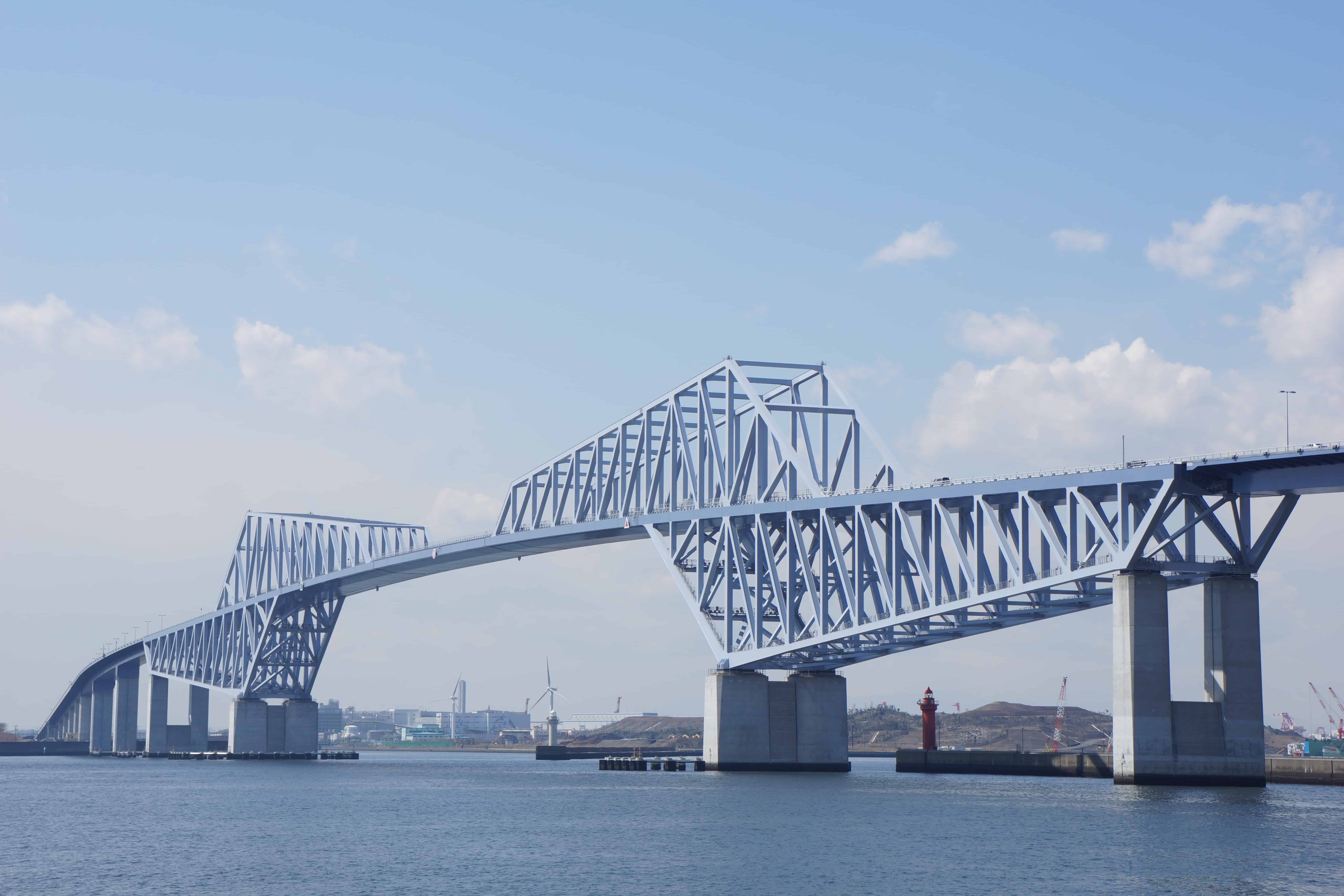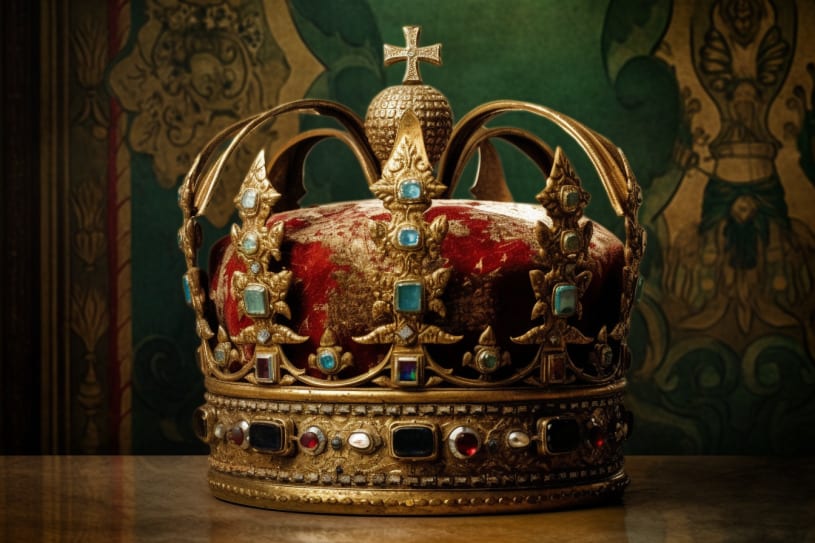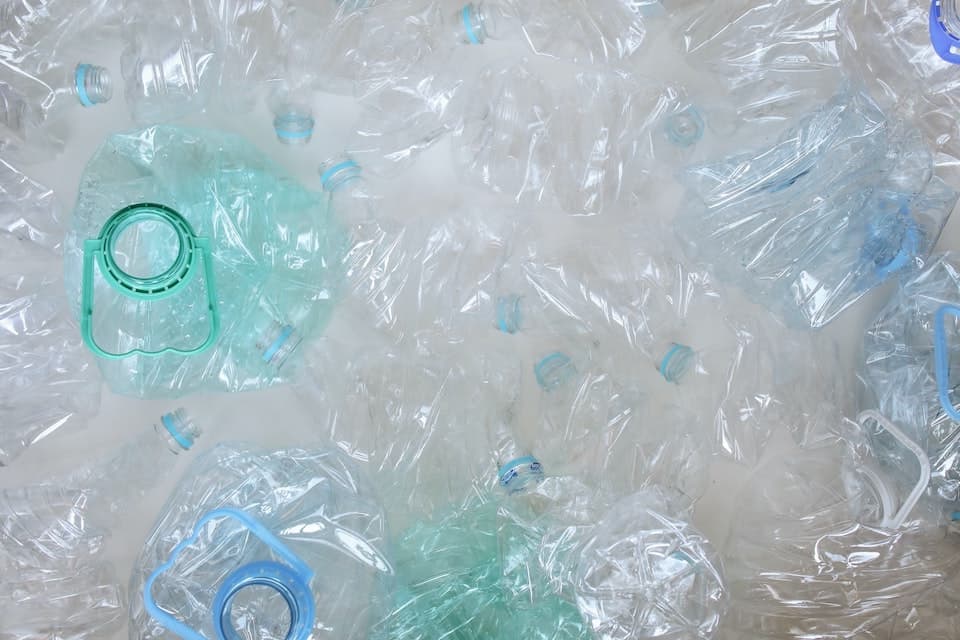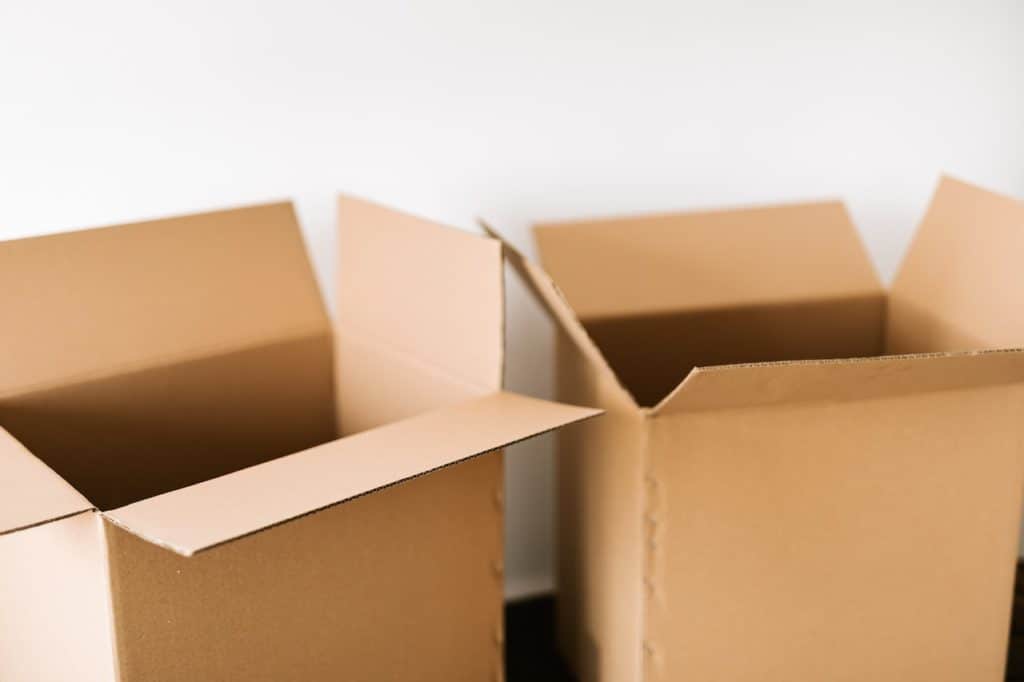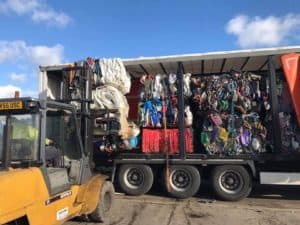The Sea-Forest doesn’t officially open its doors to the public until 2016, but Umi-No-Mori is already filling up its calendar. Poking up in the middle of Tokyo Bay is an 88-hectare forest, planted on top of an old man-made rubbish dump. Now it starts preparing for an Olympic stadium…
What is it?
Some know it as ‘Umi-No-Mori’, and some know it as the ‘Sea-Forest’, but it’s official name is the Inner Central Breakwater Reclamation Area. We can see why it earned a nickname. Whatever you may call it, the island is due to host part of the Tokyo 2020 Olympic games.
14 years worth of Japanese waste, equating to around 12.3 million tonnes, were buried on the site over 25 years ago. The waste was then covered by recycling soil derived from construction sites and heat-treated sewage sludge. Add some branches and leaves, and a cooling off period, and then the island was ready for planting.
The Sea-Forest has been funded by donations by the public and companies after fundraising by architect Tadao Ando, who was desperate to see some change in his city. Original plans for the island were a marine park, but it was gladly re-purposed as the new lung of Tokyo. The island will soon begin to breathe a cool sea breeze into a metropolis core that suffers from a very dense, warm air.
What are they doing there?
The project to grow a forest in a city that struggles to combat an incredible problem began in 2007, with a failed Olympic bid. Fortunately for Japan, they did have a successful Olympic bid just a couple of years later, with the team recycling the brilliant idea for Tokyo Bay. So far 190,000 trees have been planted by over 16,000 volunteers, including the ‘biggest rock-star in the world’, Bono. The island didn’t source its volunteers locally though, and some claim that this is a missed opportunity to expand the consciousness of nature in Tokyo; which may one day be regretted.
The island is opened up to small groups semi-regularly, and they are taught about nature, eco-systems, recycling, the 50 species of trees that are grown here and the visions for the future. It’s a remarkable feat already, and the island is not even halfway complete. The plan is to install half a million trees, and then begin work re-planting the trees from where planting began originally. The trees planted first are expected to be damaged by the elements.
What can the Olympics bring?
Because of the idyllic positioning of the Island, plans have been announced to create a stadium inside the Sea Forest, at a cost of roughly £65 million. (See photo top right)
Aside from the stadium, is it confirmed that the Sea Forest will host the rowing and kayak events down a chasm separating the north and south sides of Umi-No-Mori. (see left) The island is also seen as the perfect area for cross country running events, and competitors will surely benefit from the air purity. Lawson Inc., a major chain store in Japan, are holding a 5km run in September for 10,000 entrants; so a notable difference can be seen then. Hiroyasu Fukata, director of Lawson’s department of harmonious co-existence with society said “We want people to know where the forest comes from and help to develop the site into an Olympic venue”.
Despite being rather flat, a forest backdrop has also been decided as the chosen spot for mountain biking, and the south part of the Sea Forest will host this part of the Olympic games. This part of the island is connected via the Tokyo Gate Bridge.
What does the Architect think?
Tadao Ando, Architect and chair of the Sea Forest project, described the island as ‘a symbol of recycling-oriented society in a mega-metropolis that continue to struggle with a waste problem’.
He added ‘Through this project, we wish to communicate the message of “living in harmony with nature”.
Ando also said ‘By making the Sea Forest, we will get people to think about reducing the waste they produce”.
The waste underneath the island, buried there in 1987, has mostly decomposed, emitting methane gas which is captured in pipes and recycled for use in local factories and plants.

